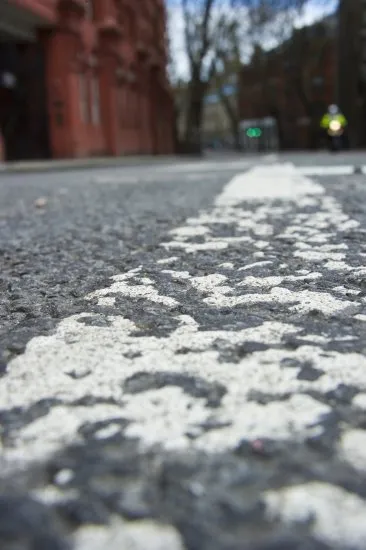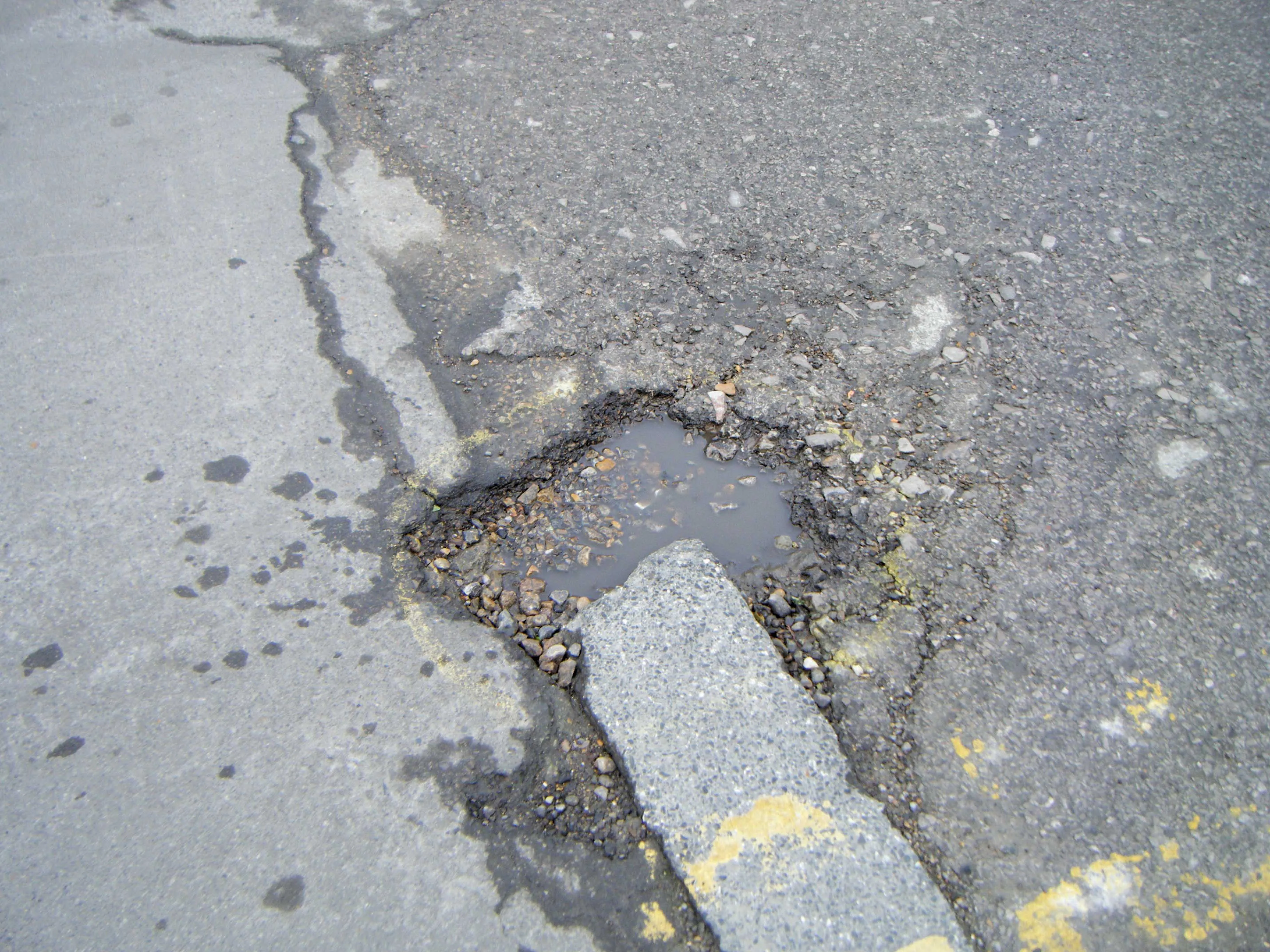
Nearly a third of the length of Britain’s single carriageway A roads have white lines so worn out that they do not meet recognised standards, according to the LifeLines Report, an assessment of more than 2,400km miles of the network.
And, Britain’s most dangerous roads have the most worn-out centre-line markings of all, leaving drivers clueless when trying to read the road, says the report from the Road Safety Marking Association (RSMA).
Two-thirds of all UK road deaths and serious injuries are on rural A-roads. Yet, of more than 60 single-carriageway A-roads surveyed, totalling more than 1,600km, on average 14% of road markings are completely worn out; and a further 15% fall into the “amber” zone and immediately should be scheduled for replacement. Just 29% of lines reach the acceptable level of visibility, claims the RSMA.
On one of the worst roads in the survey, a 8km section of the A6135 between Ecclesfield and junction 36 of the M1 motorway at Hoyland [County of Yorksire, northern Englan], three-quarters of the markings are either barely visible or need an immediate schedule for replacement and just 1% make the grade. Two other sections of road have nearly half their marks worn out: the A645 in Yorkshire/Humberside and the A509 in the County of Northamptonshire.
Two single carriageway A-roads stand out in the LifeLines Report: a 22.5km stretch of the A1133 in the East Midlands, where three-quarters of the road markings are up to the standard (although this figure was 93% two years ago), and a 16km stretch of the A63 between Leeds and Hull [north-east England] coming a close second.
The quality of markings on major A-roads is in line with those on motorways. Of the 750km-plus of A roads and motorways surveyed, one in five falls below the minimum specifiable standard and should be scheduled for replacement while 8% have centre line markings so worn that they are barely visible. A high proportion of markings (39% dual carriageways and 38% motorways) make the recommended rating used by the industry but there has been a significant drop in the quality since 2008, when 69% cent of markings on duals reached this grade and 49% motorways.
Top marks go to the A303 dual carriageway [between Basingstoke, County Hampshire, and Honiton, County Devon in southern England], which has 86% high quality markings; and the M65 in County Lancashire [north-west England] with 91%.
At the bottom of the motorway league is the M61 in the north-west, with more than a quarter of the motorway having barely visible markings; and one-fifth of markings on dual A-road, the A27 [southern England], fail to make the grade.
“These motorways and strategic A-roads are managed
by the
“Most of the single-carriageway A-roads in the survey are managed solely by local authorities. The RSMA is concerned that Highways Agency ratings for road markings [see below] have never been formally adopted by local authorities, leading to inconsistent maintenance standards on UK roads and the potential for the significant maintenance shortfalls identified in the RSMA report. The high risk of head-on collisions on single-carriageways means centre-line markings are critically important to guide road-users safety on these roads.
“It is the Government’s role to provide well-researched and informed guidance for local highways authorities when it comes to specifying safety measures. I believe that this year’s LifeLines Report presents evidence of sufficient public concern to merit an inquiry by Parliament’s Transport Select Committee, and that’s something we will seek.
“Road markings provide the best, most simple navigation aid to drivers, who must to be able to ‘read’ the road at every turn. Without this most modest of investments, motorists are driving blind when we can, in fact, save lives for the cost of a pot of paint.”
Road markings are measured on their retroreflectivity. A rating of 150mcd (millicandelas) is the level recommended by the industry, with road markings materials available that ensure markings remain clearly visible even at night in wet conditions. Under a Highways Agency standard, if the quality of markings falls below 100mcd, they should be scheduled for replacement, and if the quality rates below 80mcd, they must be replaced immediately.
The RSMA is concerned that Highways Agency ratings for road markings have never been formally adopted by local authorities, leading to inconsistent maintenance standards on UK roads and the potential for the significant maintenance shortfalls identified in the RSMA report.







